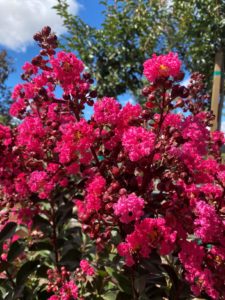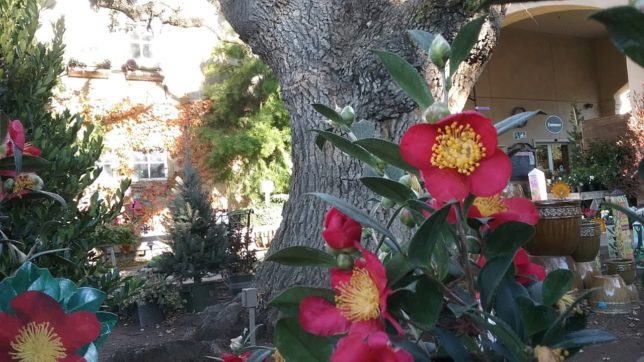
Consider a living tree to decorate this holiday season — Colorado and Alberta spruce are two great traditional choices. If you want to be daring here are some fun alternatives:
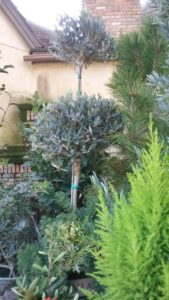
- Citrus already decorated with fruit
- Japanese maple with stunning branches
- Holly plant
- A blooming Yuletide camellia whose bright red single flowers may well be decoration enough, or
- A fruitless or fruiting olive
- Bay Laurel makes a beautiful container plant. They can be trained to form a small tree, cone, or remain as a bush.
![vertcitrus[1]](https://www.aldenlane.com/m/wp-content/uploads/2015/11/vertcitrus1.jpg)
All of these possibilities would make great landscape plants at the season’s end. If there’s no room in your garden, consider donating your plant to the garden of a local school, park or church? What a great way to green our communities.
Here are some helpful hints to keep your living Christmas tree healthy and happy.
This is a hard one – try to minimize its indoor time. A week to ten days is a good maximum to be in the house. Choose a well-lit area away from the heat of a fireplace or furnace. Protect the floor with a cork trivet topped with a large saucer to catch the watering water. In between deep waterings water your plant with ice cubes that slowly melt (helpful hint: use a turkey baster to relieve excess water from the saucer after the plant has had an hour or so to absorb it).
Decorate with small lights and light-weight ornaments.

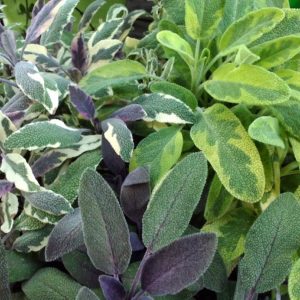 As the temperatures drop and the desire to garden remains high, cold hardy herbs can fill a need to grow something edible. Herb gardening can be enjoyed in a kitchen window, a container on the deck or out in the garden bed, and they are perfect for Thanksgiving Stuffing, winter stews, salads and more.
As the temperatures drop and the desire to garden remains high, cold hardy herbs can fill a need to grow something edible. Herb gardening can be enjoyed in a kitchen window, a container on the deck or out in the garden bed, and they are perfect for Thanksgiving Stuffing, winter stews, salads and more. 
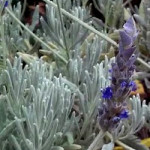
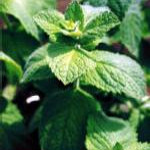
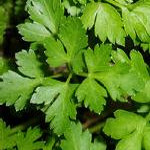
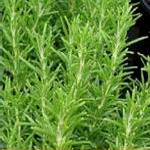
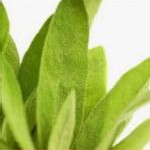
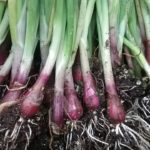
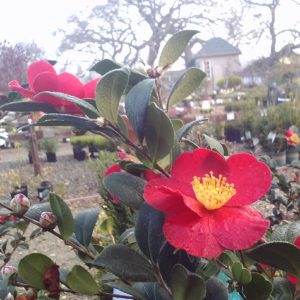 We just received a sizable shipment of Sasanqua camellias; some are beginning to bloom. Sasanqua Camellias are, “the other Camellia,” one of the stars of the winter garden. This cousin of the commonly planted Japanese Camellia is a bit more sun tolerant (until 10:30-11:00am), and depending on the variety makes an excellent gracefully branching ground cover or espaliered shrub, informal hedge as well as an excellent container plant. You might also plant a Sasanqua Camellia under trees to give color to otherwise green backdrops. Some varieties of Sasanquas begin blooming now, and other variations are colorful at Christmas.
We just received a sizable shipment of Sasanqua camellias; some are beginning to bloom. Sasanqua Camellias are, “the other Camellia,” one of the stars of the winter garden. This cousin of the commonly planted Japanese Camellia is a bit more sun tolerant (until 10:30-11:00am), and depending on the variety makes an excellent gracefully branching ground cover or espaliered shrub, informal hedge as well as an excellent container plant. You might also plant a Sasanqua Camellia under trees to give color to otherwise green backdrops. Some varieties of Sasanquas begin blooming now, and other variations are colorful at Christmas.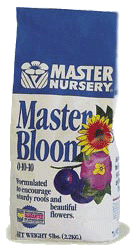 Feed camellias through the cooler months with
Feed camellias through the cooler months with ![checkbox[1]](https://www.aldenlane.com/m/wp-content/uploads/2015/04/checkbox1.gif) Indoor Bulbs – Start paperwhites, hyacinth, or amaryllis now for showy blooms in the weeks ahead. They bloom indoors and make an ideal housewarming gift. We have instructions along with an assortment of bulbs suitable for forcing at
Indoor Bulbs – Start paperwhites, hyacinth, or amaryllis now for showy blooms in the weeks ahead. They bloom indoors and make an ideal housewarming gift. We have instructions along with an assortment of bulbs suitable for forcing at 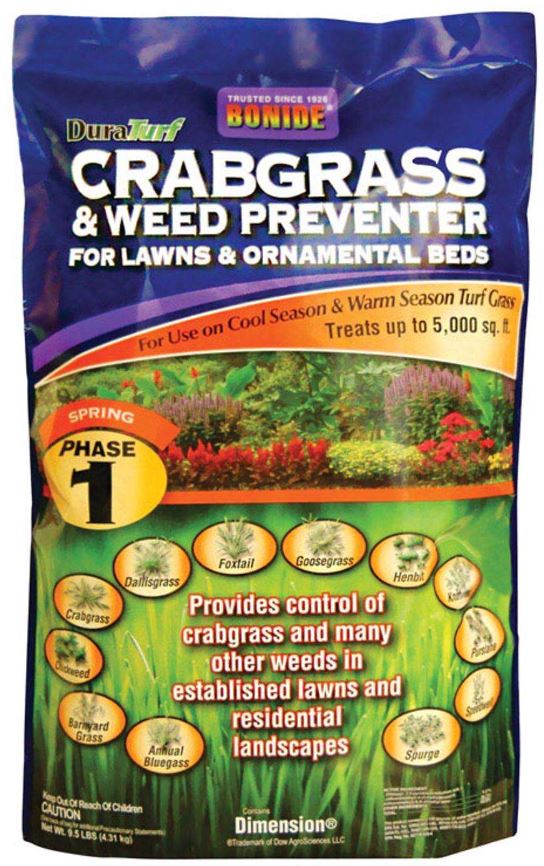
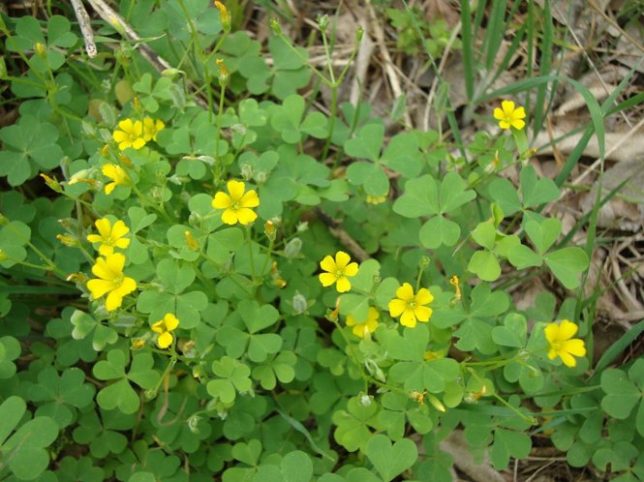
![winterstew[1]](https://www.aldenlane.com/m/wp-content/uploads/2015/10/winterstew1.jpg)
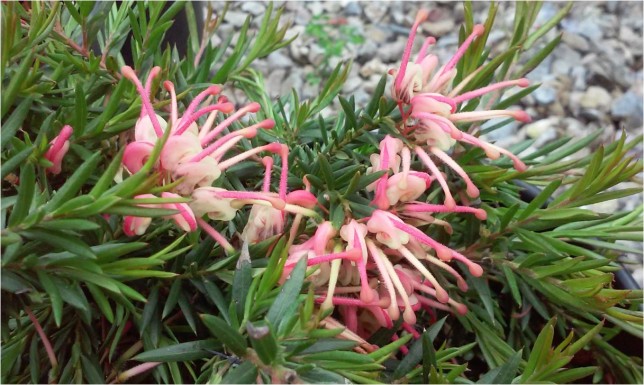
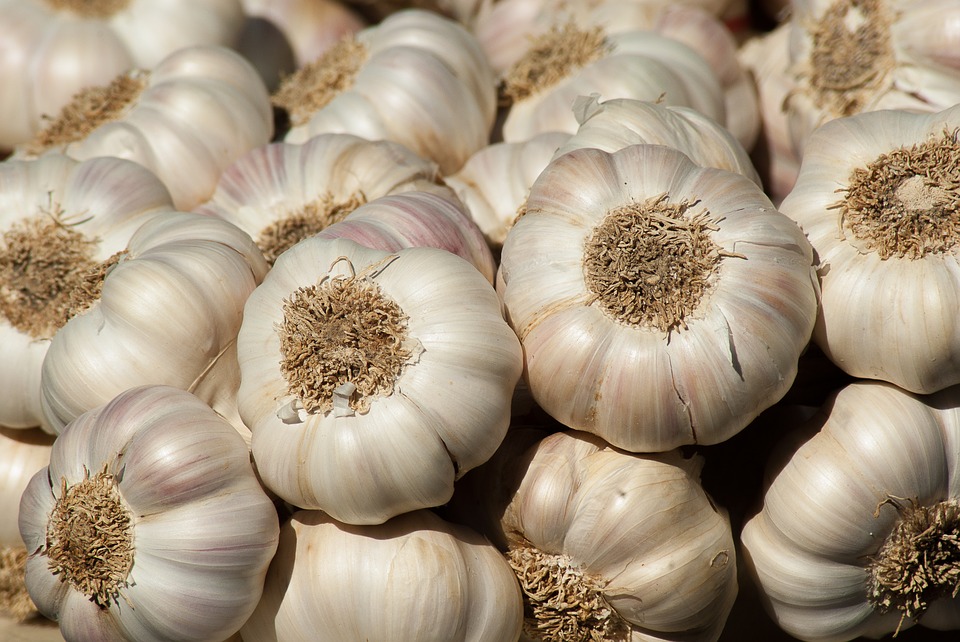 We now have onion bulbs and garlic in stock for planting now.
We now have onion bulbs and garlic in stock for planting now.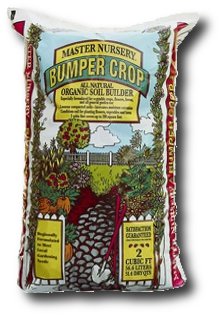
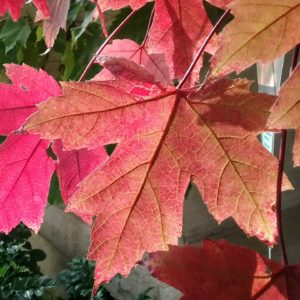 Trees provide summer shade and fall color to our landscape; they cool the environment and provide habitat for birds and other wildlife. Trees also clean the air and improve the quality of our neighborhoods.
Trees provide summer shade and fall color to our landscape; they cool the environment and provide habitat for birds and other wildlife. Trees also clean the air and improve the quality of our neighborhoods.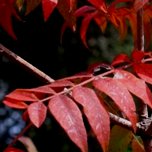 Chinese Pistache (Pistacia chinensis). Pistache trees are
Chinese Pistache (Pistacia chinensis). Pistache trees are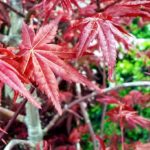 Japanese Maples (Acer palmatum). This large family has some spectacular entries in the Fall color category; we have many varieties. Japanese Maples grow well in morning s
Japanese Maples (Acer palmatum). This large family has some spectacular entries in the Fall color category; we have many varieties. Japanese Maples grow well in morning s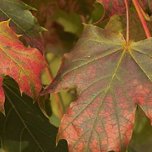 These larger leaf Red Maples (Acer rubrum) can reach about 40 feet with a 25 to 30-foot spread (a great shade tree!). This popular tree has an upright branching habit and brilliant red foliage in the fall – a favorite variety appropriately named October Glory. Makes a stunning shade tree.
These larger leaf Red Maples (Acer rubrum) can reach about 40 feet with a 25 to 30-foot spread (a great shade tree!). This popular tree has an upright branching habit and brilliant red foliage in the fall – a favorite variety appropriately named October Glory. Makes a stunning shade tree.